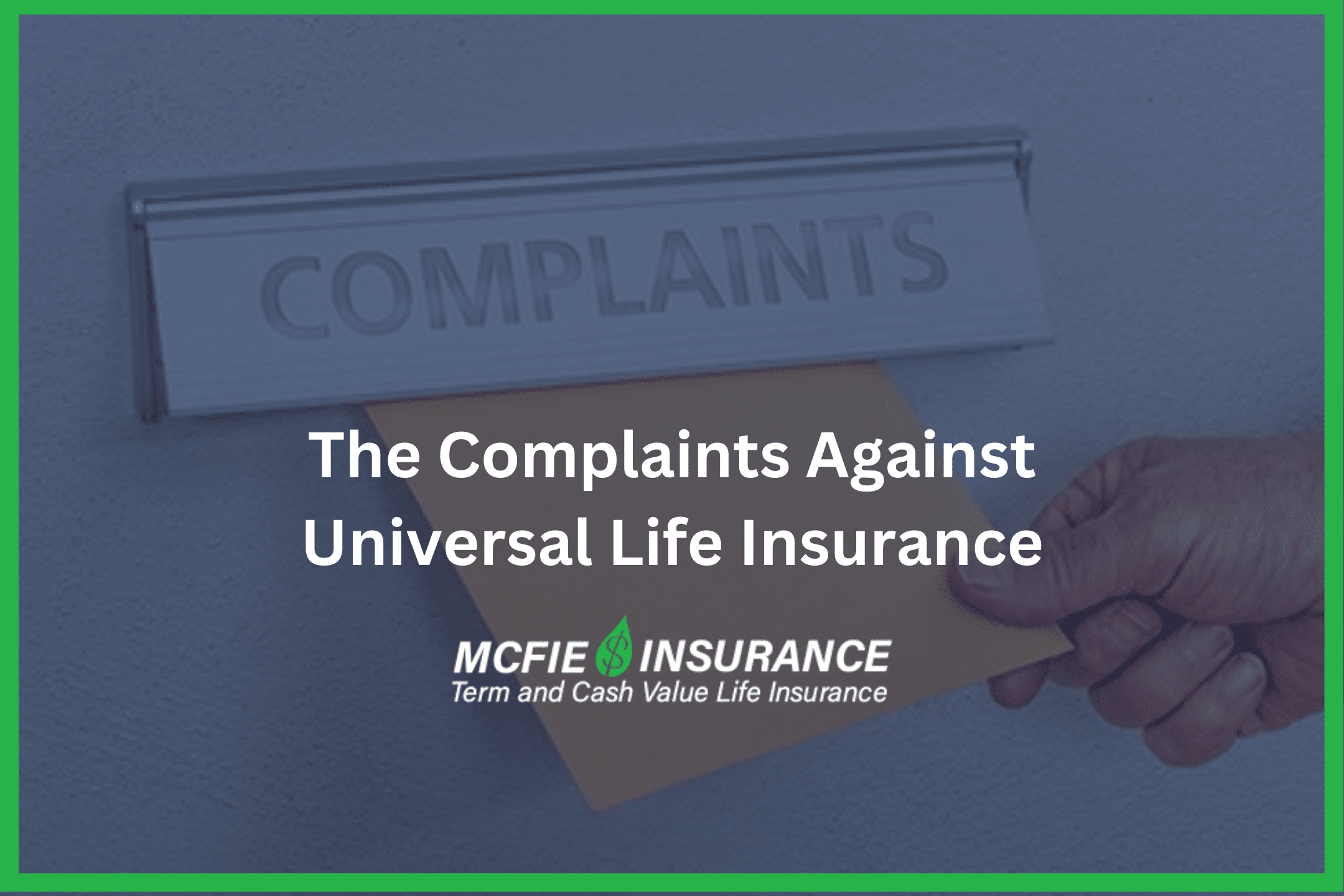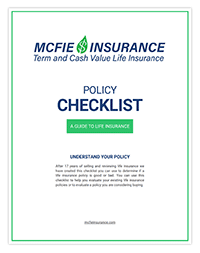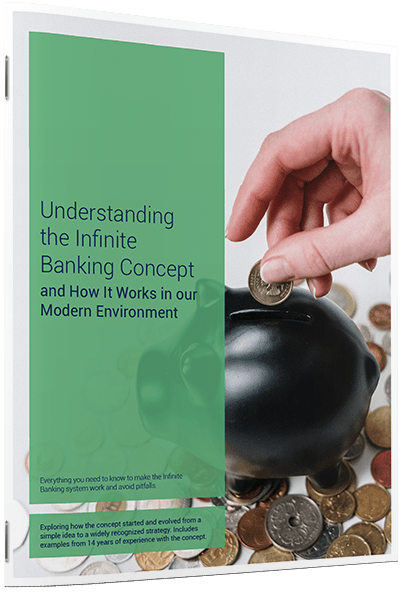317-912-1000
317-912-1000

“There is a great disturbance in the force.”
That iconic phrase feels especially fitting right now—because something big is happening in the world of life insurance, and it’s sending ripples throughout the industry. The New York State Department of Financial Services (NYDFS), a major regulatory authority, has stepped forward and made their stance unmistakably clear: they intend to crack down on insurance companies and agents who mislead consumers, especially when it comes to the sale of universal life insurance products, including Indexed Universal Life (IUL) policies.
Their concern? That these products are often wrapped in layers of complexity, with language and illustrations that obscure rather than clarify the true risks involved. Too often, policyholders are led to believe that IULs offer strong guarantees and low risk, when in fact the performance of these policies is highly dependent on fluctuating market indexes, insurer-imposed caps and participation rates, and an array of internal fees.
This move by the NYDFS signals a growing awareness that too many consumers are being lured in by promises of upside potential without being informed of the potential downsides. In other words, regulators are finally acknowledging that what looks like a solid financial strategy on the surface may, in reality, leave policyholders exposed to volatility and disappointment.
This regulatory shake-up should serve as a wake-up call—not just to the companies selling these products, but to everyday investors. Now, more than ever, it’s critical to understand what you’re really buying. Not all life insurance is created equal, and clarity, transparency, and guaranteed protection should be at the forefront of any long-term financial decision.
These are just a few of the risks that the New York State Department of Financial Services (NYDFS) has highlighted, underscoring why the sale of universal life insurance products—particularly Indexed Universal Life (IUL)—can be so problematic for consumers:
Premium payments may increase over time as the policyholder ages. What might start off as an affordable monthly or annual cost can gradually become a financial burden in later years.
Premium payments are not predetermined, meaning policyholders have no set schedule or fixed amount they can rely on. This variability makes it difficult to plan ahead or manage long-term financial expectations.
Policyholders must consistently monitor their policy—reviewing updates regularly—because the coverage, costs, and projected values are flexible and can change based on a number of unpredictable factors, including interest rate assumptions, market performance, and insurer discretion.
In response to nearly 1,400 consumer complaints filed in New York alone, the Superintendent of the NYDFS issued a formal warning. He urged current and potential policyholders to educate themselves on the inner workings of these contracts. One of the major concerns is that the internal costs—like mortality charges and administrative fees—rise every year, which can make maintaining the policy unsustainable, especially for those on a fixed income.
Additionally, the Department stressed that universal life insurance products don’t offer the long-term guarantees that many consumers expect. There are no firm guarantees on the premium amounts you’ll be required to pay over time, no guarantees on how much cash value will accumulate, and no guaranteed death benefit that remains consistent throughout the life of the policy.
These warnings serve as a stark reminder that, despite their appealing illustrations and sales pitches, universal life insurance products can expose policyholders to serious financial risk—especially when compared to more stable and transparent alternatives like participating whole life insurance.
Over the last decade the sale of Indexed Universal Life has quintupled. This rise in popularity has been accompanied by growing concern among consumer advocates, financial experts, and regulatory bodies. Many argue that IUL policies are often sold through misleading tactics that gloss over the complexities and risks involved.
Birny Birnbaum, director of the nonprofit Center for Economic Justice and a former regulator, has been especially vocal about these concerns. He notes that the sale of IUL policies is driven by “false promises and deceptive marketing,” where agents emphasize hypothetical returns while downplaying or entirely omitting the risks of rising internal costs, fluctuating premiums, and the lack of long-term guarantees. In fact, Birnbaum strongly warns consumers to “stay away from them,” suggesting that the risks far outweigh the potential benefits for most policyholders.
As more stories of disappointed or financially burdened IUL owners emerge, it’s becoming clear that these policies may not be the well-rounded financial tools they’re often advertised to be—especially when compared to more transparent and reliable options like participating whole life insurance.
 |
Policy Checklist Make Sure You Get a Good Policy Is your policy good or bad? Use this checklist to help evaluate your existing life insurance or a new policy you are considering. |
The American Council of Life Insurers acknowledges that indexed universal life (IUL) insurance isn’t the right fit for everyone—and for good reason. Traditional whole life insurance policies, backed by the insurer’s long-term investments in stable assets like corporate bonds and government-backed mortgages, offer a more predictable and secure financial foundation. These products are built to generate reliable returns year after year, providing policyholders with peace of mind and financial stability.
By contrast, indexed universal life insurance shifts much of the financial risk onto the policyholder. While IUL products are often marketed for their potential to deliver higher returns—thanks to their tie-ins with market indexes—they lack the dependable guarantees that make whole life insurance so attractive to long-term planners.
There’s no denying that IUL policies dangle the prospect of higher earnings, but that upside comes with a catch: increased volatility and rising internal costs. As policyholders age, the cost of insurance within these policies increases—sometimes dramatically. This creates a very real risk that, over time, the policy could become unaffordable or even lapse altogether if premiums aren’t maintained at higher levels. In the worst cases, policyholders may find that what once seemed like a savvy financial strategy has eroded their cash value, left them with no coverage, and cost them far more than expected.
While the allure of market-linked growth can be tempting, it’s important to understand that with IUL, you’re also shouldering the burden of risk that traditional whole life insurance is designed to minimize.

Understanding the Infinite Banking Concept and How It Works In Our Modern Environment 31-page eBook from McFie Insurance Order here>
Another factor with indexed universal life is the fees associated with premiums paid. According to Steven Roth, president of Wealth Management International (an insurance analyst and litigation consultant) these fees can be upwards of 8% on premiums and cash values of the policy. When market conditions are less than desirable these fees can drain your policy dry of cash values and even cause it to lapse if you can’t fork over more money in premiums to keep the policy afloat. This occurred with many index universal policy owners during the COVID-19 downturn. Even though the investment loss was zero, the fees caused losses of several percentage points in the accumulated cash value of many policyholders.
When considering an indexed universal life (IUL) insurance policy, it’s crucial to make your decision based solely on the guaranteed elements—the minimum cash values and the guaranteed death benefit. Anything beyond that is speculative at best and dangerous at worst. Relying on projections, illustrated returns, or assumed market performance introduces a level of risk that many policyholders are neither prepared for nor fully understand. The truth is that many IUL buyers find themselves blindsided years down the line, watching their policy costs soar while their projected gains never materialize. This can result in the loss of their investment and their insurance coverage.
These contracts are often 50 to 70 pages long, filled with dense legal jargon crafted by insurance company attorneys. This complex language isn’t there to protect you—the buyer. It’s designed to protect the insurer. It’s no surprise, then, that insurance regulators across multiple states are sounding the alarm. They’re beginning to understand just how complicated and opaque these policies can be, and they’re urging consumers to exercise extreme caution, encouraging a more informed approach before signing on the dotted line.
From my perspective, the average person doesn’t need universal life insurance. Trying to merge investment vehicles with insurance coverage is like mixing oil and water—they’re incompatible. This is the flaw of universal life insurance policies. They attempt to do too much and often end up doing neither well. Most people would be better off keeping their insurance and investment strategies separate—using participating whole life insurance for long-term guarantees and security, and exploring other investment options for growth. When you try to get everything from one product, you often end up with a watered-down version of both.
 Tomas P. McFie DC PhD
Tomas P. McFie DC PhD
Tom McFie is the founder of McFie Insurance and co-host of the WealthTalks podcast which helps people keep more of the money they make, so they can have financial peace of mind. He has reviewed 1000s of whole life insurance policies and has practiced the Infinite Banking Concept for nearly 20 years, making him one of the foremost experts on achieving financial peace of mind. His latest book, A Biblical Guide to Personal Finance, can be purchased here.